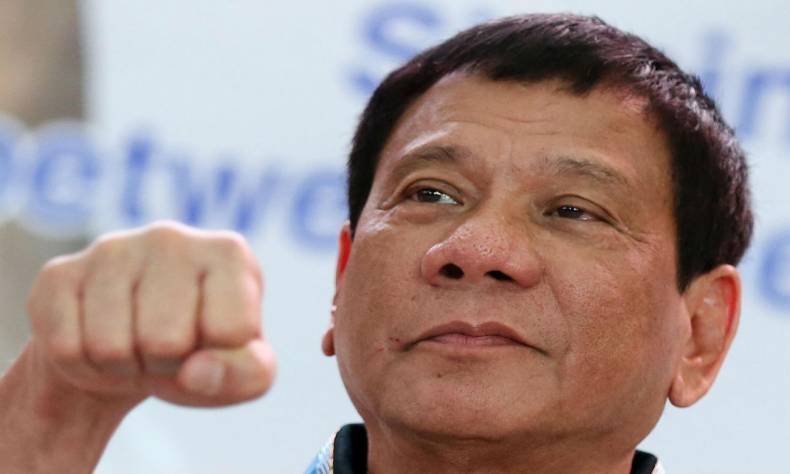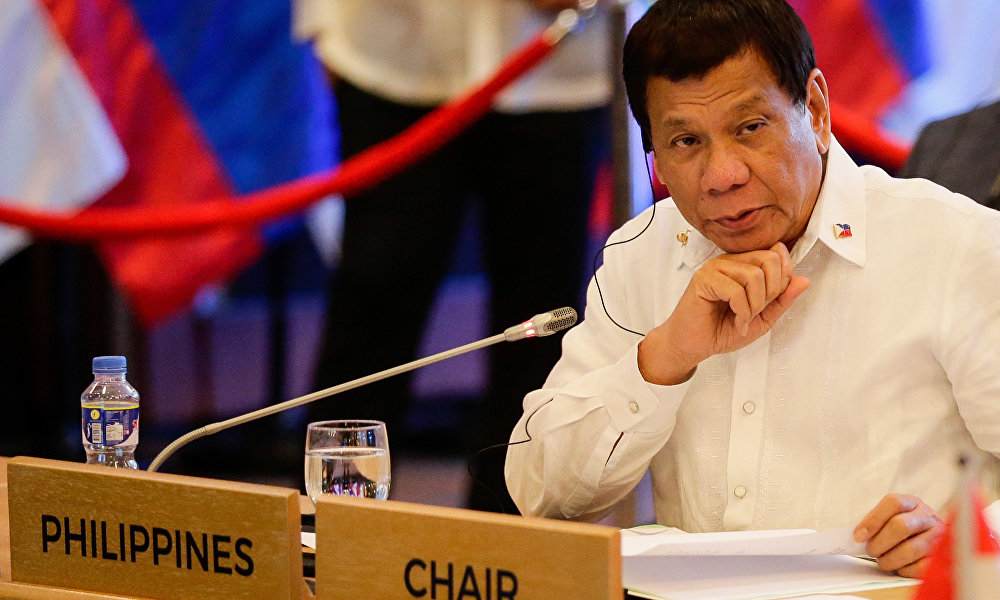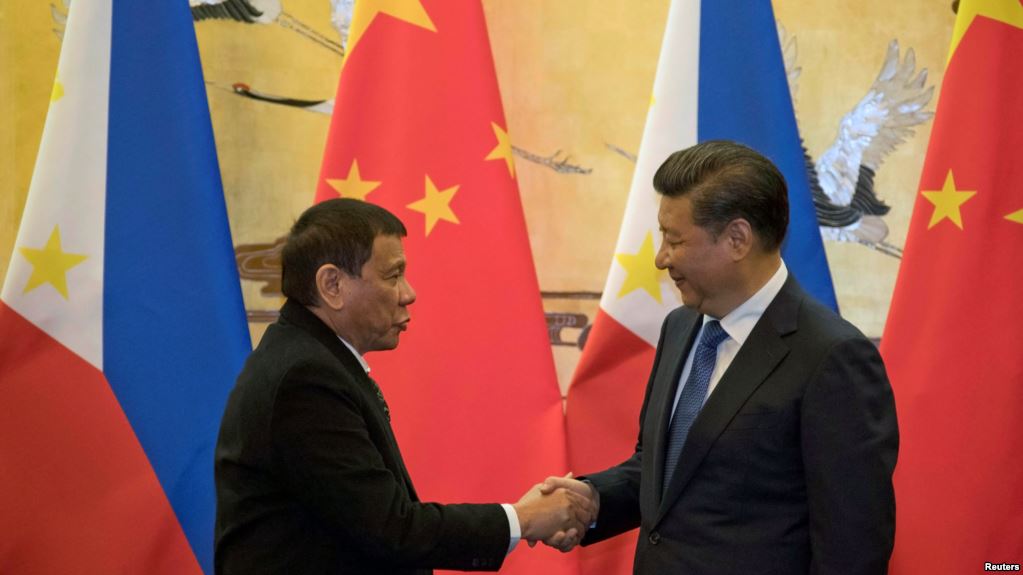
Sino-Philippine Relationship Takes a Turn for the Better
According to the Office of the President of the Philippines, a framework agreement on the joint development of the South China Sea between the Philippines and China may be reached later this year.
According to the Office of the President of the Philippines, a framework agreement on the joint development of the South China Sea between the Philippines and China may be reached later this year. Once the agreement is signed, the next step is to implement the projects. The “co-development” of the area will become a reality. In just two years, China and the Philippines have improved their relations from the deep mutual suspicion caused by the South China Sea arbitration to the deep cooperation in the development of the South China Sea. It shows that those involved in the area are looking forward to peace and stability. It is also the result of the two countries’ efforts to seek common ground while reserving difference.
China and the Philippines are Eternal Neighbors
President Duterte of the Philippines is very straightforward and hard-edged. But he is fully aware that China and the Philippines will always be neighbors, and that the South China Sea issue is not overshadowing the entire relationship of the two countries, nor is it the most important and urgent security threat to the Philippines. Recourse to international arbitration will not obtain “one inch of land”; instead, it will jeopardize regional peace and stability and worsen its own development environment. Based on the rational cognition, he put the South China Sea arbitration aside and sought to get along with China. China, in turn, has been quite active in response to promote exchanges and cooperation between the two countries, thus promoting the rapid, comprehensive normalization of Sino-Philippine relations.
Δ Philippines President Duterte
Last year, the Philippines’ economic growth rate was 6.9%, and its foreign direct investment inflows grew by 51.7%. The World Bank predicted that it would become the fastest growing economy of ASEAN in 2018. Philippine Secretary of Trade and Industry Lopez said that, China’s development in the past 40 years “is the key we achieve the growth”. At present, China is the Philippines’ largest trading partner, the largest source of import and the fourth largest export market.
On the basis of the continuous accumulation of strategic mutual trust, the two countries are crossing the barriers of the South China Sea dispute, and have more room for cooperation in the South China Sea affairs. For a long time, Sino-Philippine relations are one of the bilateral relations among the countries in the South China Sea that have the most prominent and frequent conflicts. In 1995, China and the Philippines clashed on Mischief Reef. In 1999, the Philippines used the stranding of warships as an excuse and ran aground at Ren’ai Reef for a long time. In 2016, the Philippines concocted the South China Sea arbitration at the instigation of external powers. After he took office, Duterte made adjustments on the South China Sea issue. Different from the former government, Duterte did not rope-jump with the bottom line of China. Instead, he advocated peaceful settlement of territorial and jurisdictional disputes through friendly consultations and negotiations, and actively cooperated with China in South China Sea related mechanisms. On August 2, China and ASEAN arrived at a single draft negotiating text of the Code of Conduct (COC) in the South China Sea. It is interesting to note that at this ASEAN Foreign Ministers’ Meeting, the Philippines officially took over the seat as country coordinator for the relations between China and ASEAN for a three-year term, all within the presidency of Duterte. In the context of the good Sino-Philippine relations, the consultations and communication around the COC will be smoother, and the joint development of the South China Sea is expected to achieve a historical breakthrough.
What’s the Next Step?
China and the Philippines have launched a new chapter of mutual benefit, but challenges and variables cannot be ignored. First, the complexity of the South China Sea dispute is hindering the further deepening of the relations between the two countries. The dispute involves six countries and seven parties, including the territorial sovereignty disputes caused by the invasion of some of the islands and reefs claimed by China, as well as the demarcation disputes between coastal countries on some sea areas. The issues involved are complex and sensitive, and take a relatively long time to resolve. Thus the Philippines, as a stakeholder in these matters, also changed the radical practices of the past.
Δ Chinese President Xi Jinping and Philippines President Duterte
Extraterritorial countries such as the United States and Japan keep trying to get the ASEAN countries—including the Philippines—on their side, if not provoke them against China and obstruct the stability of Sino-Philippine relations. The Trump administration recently restarted the so-called Freedom of Navigation Operations (FONOPS) in the South China Sea, and in September last year devolved relevant decision-making power to the US Pacific Fleet who claimed that they “conduct routine and regular Freedom of Navigation Operations … in the past and will continue to do so in the future” in the waters. Their purpose is to expand the “Indo-Pacific Strategy” of the US and contain China. Although Duterte dislikes the US, he still expects to maintain a security alliance with the US. Japan is unwilling to accept the destiny of being neglected on the arbitration, and is still waiting to stir up the South China Sea issue, attempting to interfere with the consultations between China and ASEAN countries on the COC in the South China Sea. However, although the US and Japan spare no effort in obstructing the development of Sino-Philippine relations, China and the Philippines will continue to move forward steadily for the common good.
Yang Shengyun, researcher of Global Strategy Think Tank
Opinion articles reflect the views of their authors, not necessarily those of China Focus
 Facebook
Facebook
 Twitter
Twitter
 Linkedin
Linkedin
 Google +
Google +












